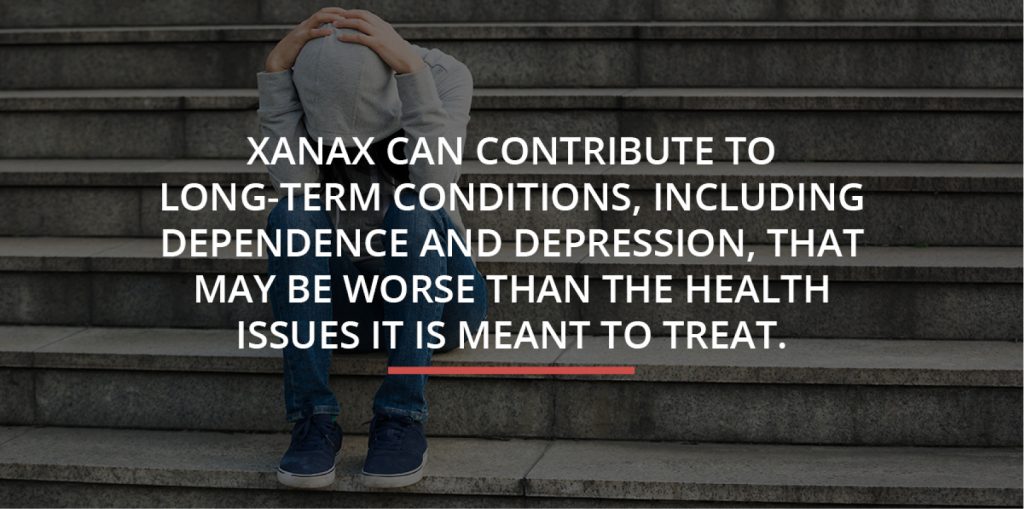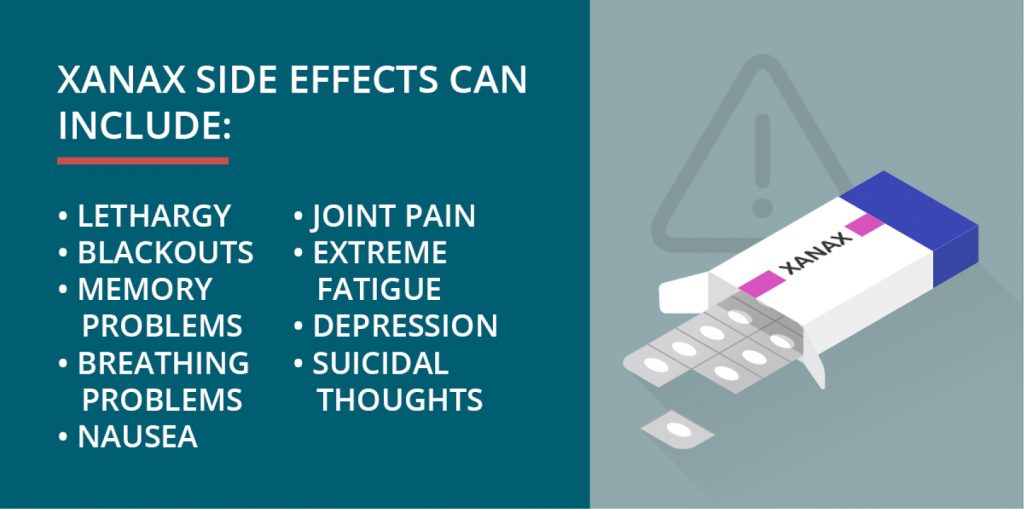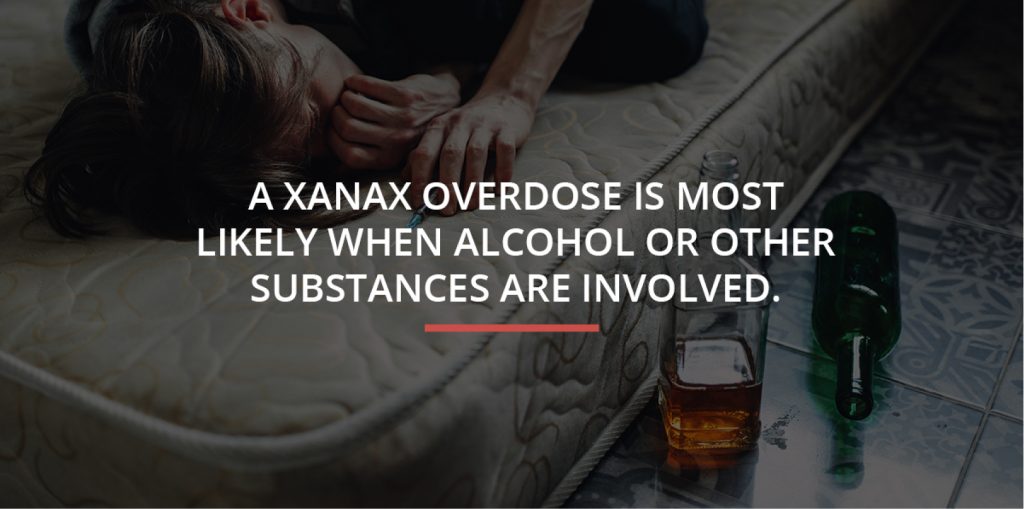| Name: | Xanax (generic Alprazolam) |
| Available dosage: | 1mg |
| Cheapest price per pill: | $3 |
| Best pharmacy to buy Xanax online: | CLICK HERE TO PROCEED |
Xanax, a widely prescribed medication for anxiety and panic disorders, has become increasingly accessible online. Purchasing Xanax online requires careful consideration of safety, legality, and medical necessity. While the convenience of online ordering may seem appealing, it’s crucial to understand the risks and proper channels for obtaining this controlled substance.
Alprazolam, the generic name for Xanax, belongs to a class of drugs called benzodiazepines. It works by enhancing the effects of a neurotransmitter in the brain, helping to reduce excessive nervousness and worry. As with any prescription medication, Xanax should only be taken under the guidance of a qualified healthcare provider.
Legitimate online pharmacies can offer a convenient way to fill Xanax prescriptions. However, it’s essential to verify the legitimacy of online pharmacies and ensure they require a valid prescription. The FDA regulates the sale of prescription medications, including Xanax, to protect consumer safety and prevent misuse. Patients should always consult with their healthcare provider before starting or changing any medication regimen.
Xanax Price: Where can I buy Xanax cheaper?
Xanax, a widely prescribed medication for anxiety and panic disorders, is available in both brand-name and generic forms. The cost of Xanax can vary significantly depending on factors such as dosage, pharmacy location, and insurance coverage.
The average retail price for brand-name Xanax is around $583 for a supply of 100 tablets at 0.25 mg strength. Generic alprazolam, the active ingredient in Xanax, is generally more affordable, with prices starting as low as $9.07 for a similar quantity and strength. This represents a potential savings of up to 54% compared to the average retail price.
For those seeking extended-release options, Xanax XR prices can be higher, but generic alternatives are available. Patients can often find substantial discounts by using pharmacy coupons or comparing prices across different pharmacies. It’s important to consult with a healthcare provider to determine the most appropriate and cost-effective treatment option.
WHAT IS XANAX?
Xanax, a popular brand name for the drug Alprazolam, is an anti-anxiety medication. It is one of the most commonly abused prescription drugs. It is meant to calm the body’s physical responses to stress. Doctors generally prescribe Xanax for panic disorders and occasionally depression, seizures, or insomnia. Used correctly, it can help balance the brain’s chemicals and make someone with one of these disorders feel normal.
Since Xanax is a legal medication, most people don’t understand how dangerous it can be when abused. Overdose deaths involving Alrazolam and other benzos have risen steadily over the past 30 years. But beyond the risk of overdose, it can contribute to long-term conditions, including dependence and depression, that may be worse than the health issues it is meant to treat.

HOW DOES XANAX WORK?
Xanax belongs to the benzodiazepine family of drugs, which are all central nervous system depressants. They work by reducing neuron activity in the brain, causing a relaxed, even sedated feeling. Benzos are fast-acting, and are intended for immediate, short-term relief. They also come with a range of side effects and risks, and can be addictive. Benzodiazepines are never meant to be taken long-term, and their history of abuse makes many doctors wary of prescribing them.
WHAT DOES A XANAX HIGH FEEL LIKE?
Xanax recreational use is not legal or safe. While many people think of alprazolam as a harmless stress reliever, it should never be taken casually. The heightened euphoria it creates at high doses encourages abuse and recreational use. Some illicit users even resort to chewing, injecting, or snorting xanax, all methods that cause effects to kick in quicker.
XANAX HIGH AND SIDE EFFECTS
In addition to suppressing the central nervous system, taking xanax releases stores of dopamine in the brain. This helps create the calm, peaceful feelings that people with anxiety or other disorders need. However, it can also create a euphoric high that leads to common abuse.
The xanax high also comes with a sedated feeling. This effect can make a person with an overstimulated central nervous system feel normal and anxiety-free. When someone takes xanax without a prescription, however, they may feel heavy, tired, or unable to concentrate. After taking a higher dose, many people fall asleep and may even experience “blackouts” for a few hours. Other side effects may include memory and concentration problems, trouble breathing, nausea, joint pain, extreme fatigue, depression, and even suicidal thoughts.
Occasionally, side effects might even include unpredictable, aggressive behavior. Remember, every side effect, including the seemingly-mild ones, can become more severe and even fatal in very high doses.


ABUSE, ADDICTION, AND WITHDRAWAL
Ideally, if you need Xanax, you should take the lowest dose possible for the shortest possible amount of time – and always with a doctor’s supervision. However, even with careful use, it can become addictive. The body builds up a tolerance to it very quickly, meaning that someone may need to take higher and higher doses to feel the same effect. Additionally, as the drug wears off, anxious feelings can temporarily flood back in. This can prompt many people to start abusing the drug so they never have to experience the “comedown.”
XANAX AND ALCOHOL
A Xanax overdose is most likely when other substances are involved. Never mix it with any other medication before consulting a doctor. It can react negatively with many substances, especially other CNS depressants. Like benzos, alcohol is a central nervous system depressant. Therefore, Xanax and alcohol effects are very similar. Consuming the two together intentionally is risky drinking and a form of polysubstance abuse. However, many people simply forget or don’t know the dangers of drinking and taking Xanax at the same time.

LONG-TERM EFFECTS OF XANAX
If someone has been using or abusing Xanax regularly, they may experience serious withdrawal symptoms when they stop. Withdrawal symptoms can include:
- Insomnia
- Sweating
- ncreased anxiety
- Panic attacks
- Depression
- Memory loss
- Cognitive and concentration problems
Withdrawal can last anywhere from a few days to a few weeks. Quitting Xanax “cold turkey” can be extremely difficult, and most people need medical supervision while going through withdrawal. If someone has been abusing other drugs as well, the withdrawal is usually more severe and can include other symptoms.
OVERDOSE
Xanax comes in several doses. When doctors prescribe it to their patients, they usually start with a very low dose to watch for side effects. Not only do some people not respond well to the drug’s intended effects, it can also cause allergic reactions.
Taking too much Xanax can be fatal for anyone. Even if you have been taking it for a long time, ingesting a higher dose than prescribed can be extremely dangerous. Signs of a Xanax/Alprazolam overdose include:
- Extreme or sudden lethargy
- Confusion
- Poor coordination and reflexes
- Slow or irregular breathing
- Coma
- Vital organ failure
If you or someone around you experiences any of these symptoms, seek emergency medical addition. Recreational overdoses can be the most dangerous due to the prevalence of “fake” Xanax. When someone purchases the drug illegally, they often can’t know for sure what is in it. Dealers may mix it with other unknown drugs, heightening the dangers and the possibility of a fatal overdose.
THE BOTTOM LINE
Xanax dependency should never be taken lightly. There are many ways to manage anxiety and depression long-term, without the use of drugs. If you or someone you know is struggling with Xanax abuse it is important to seek help. Recognizing a problem and seeking treatment can be hard steps, but they are often necessary for getting off benzodiazepines and other addictive prescription drugs – beginning with a safe, supervised detox.
At Mountain View Recovery, it is our mission to compassionately empower every client who walks through our door. Our vision is to provide support and structure in a community-based, clinical setting using evidence based practices. Contact us today to get help starting your journey towards lifelong recovery.
